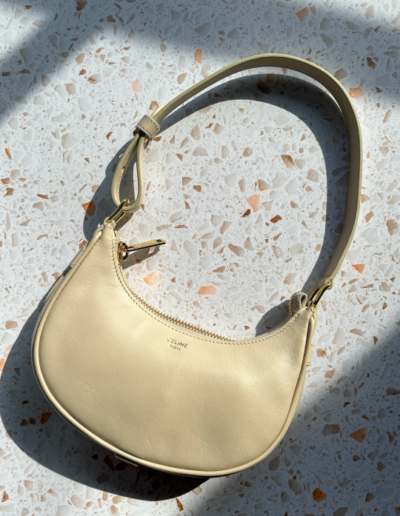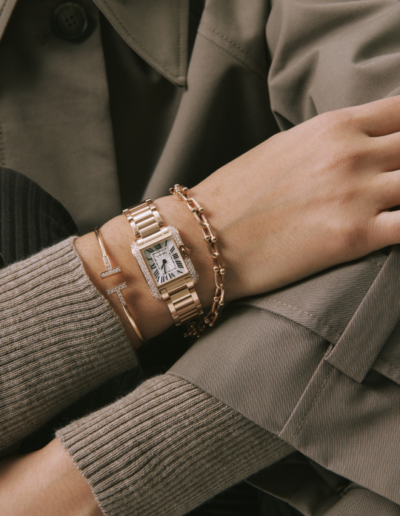DESIGNER 101
OMEGA 101
By The Rebag Watch Team, Jul 1, 2021
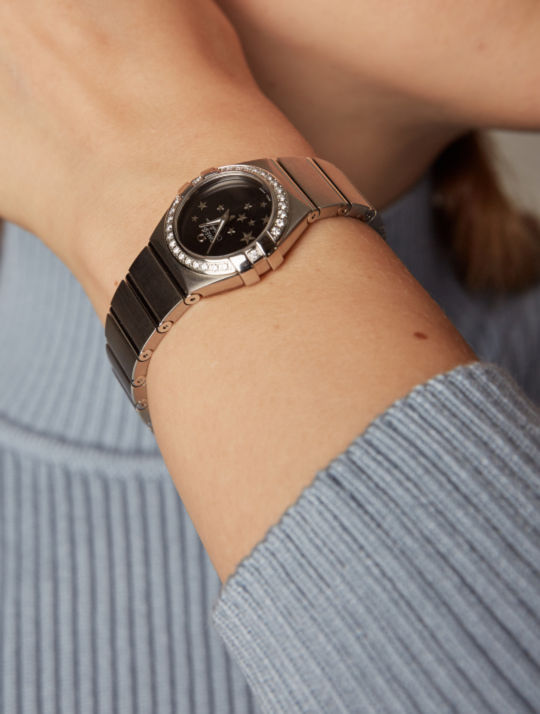
Omega is
history’s
timekeeper.
From the first minute repeater wristwatch, to numerous awards for timekeeping accuracy, to both the US Army and Britain’s Royal Combat Air Force, to the wrist of American Presidents, to the official timekeepers of the Olympics, to the first watch on the moon, and more — the Omega watch company has been an integral part of watchmaking and world history from its beginnings in 1848.
History
The history of Omega starts in 1848 when Louis Brandt founded the La Generale Watch Co. in La Chaux-de-Fonds, Switzerland. While the first minute repeater wristwatch is accredited to founders of Omega in 1892, the brand name Omega was initially used in conjunction with the first fully interchangeable parts movement created by Luis Brandt’s two sons, Cesar and Louis-Paul, in 1894. Because the movement allowed quick and easy replacement of any part by any watchmaker, these “Omega” movements were so successful that they became their own brand in 1903, the Omega Watch Company was born.
The fledgling Omega Watch Company was left rudderless the same year as its founding when in 1903 both Louis-Paul and César passed away unexpectedly, leaving one of the largest watch manufacturers with over 800 employees in the hands of the eldest family member, Paul-Emile Brandt, who was only 23 years old. Paul-Emile Brandt rose to the occasion and the company flourished, merging with the Tissot watch company in 1930, forming Société Suisse pour l’Industrie Horlogère (SSIH). In 1932 the Lemania watch company joined SSIH and Omega also became the timekeeper of the 1932 Los Angeles Olympic Games. Aside from a few exceptions, such as the 1964 Olympics held in Japan when Sekio was given the honor, Omega has remained the longest running official Olympic timekeeper.
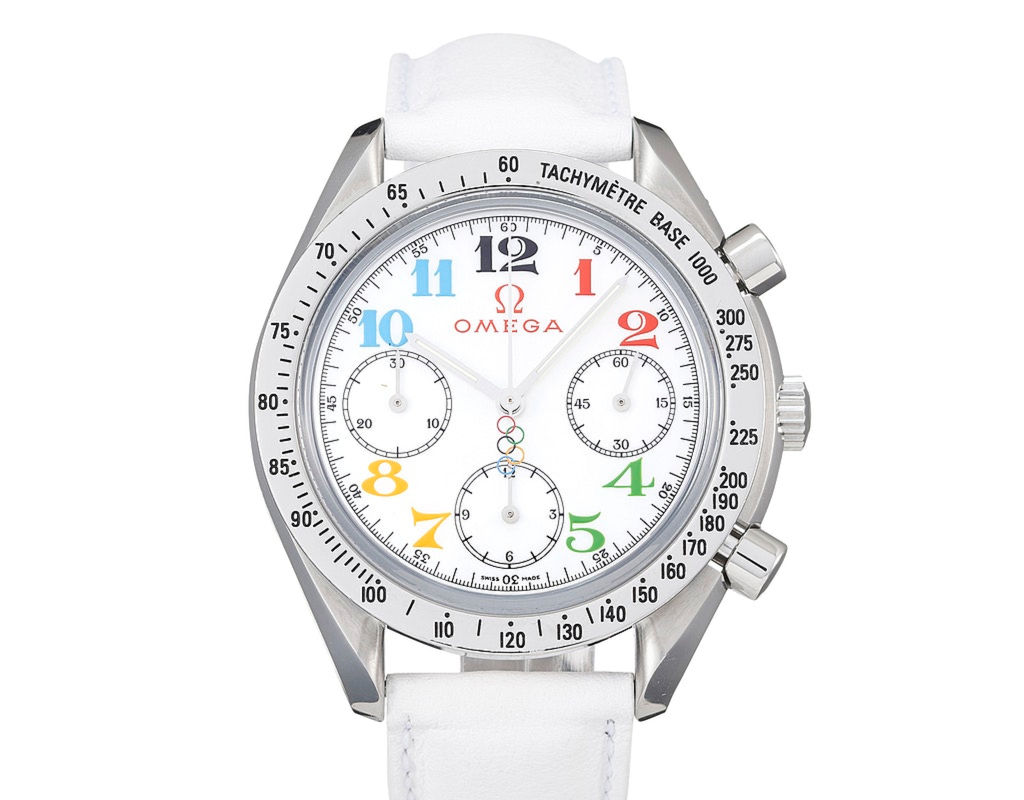
2012 London Omega Olympic edition watch. Courtesy Chronex.
In 1940 Omega became the largest supplier of watches to the British military, supplying over 110,000 watches to the British Ministry of Defense during World War II. Omega was their choice for two main reasons, their proven mechanical precision and their ability to produce the numbers needed to meet the demand. In the 2017 blockbuster film Dunkirk, actor Tom Hardy can be seen wearing an Omega CK2129, the model of watch supplied by Omega to the British Royal Air Force.
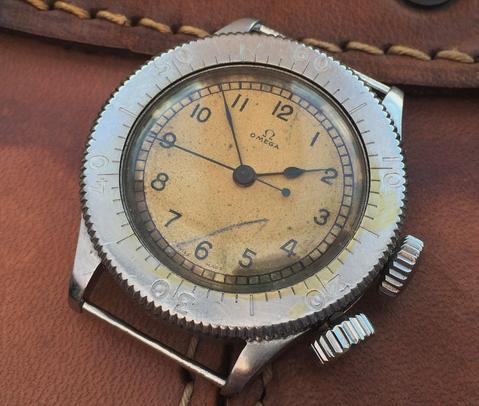
The Omega CK2129 worn by British RAF pilots during World War II. Courtesy thespringbar.com.
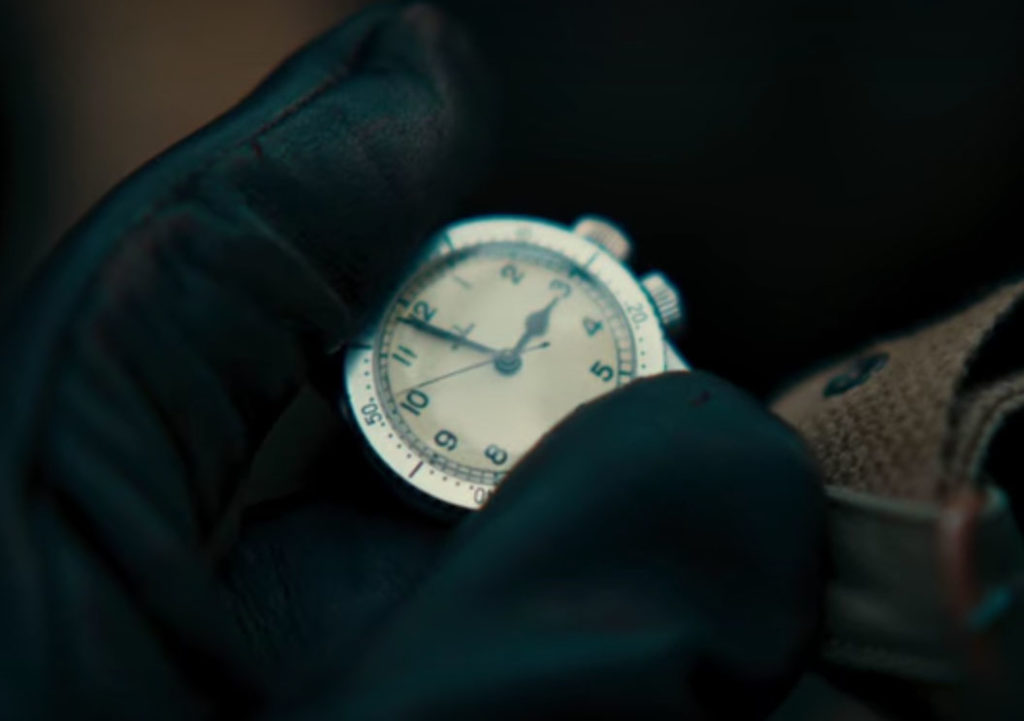
The Omega CK21129
While across the Atlantic, Omega supplied the U.S. Army with reference 2179 watches during the war. The 2179 model was also offered in “civilian” issues as well.
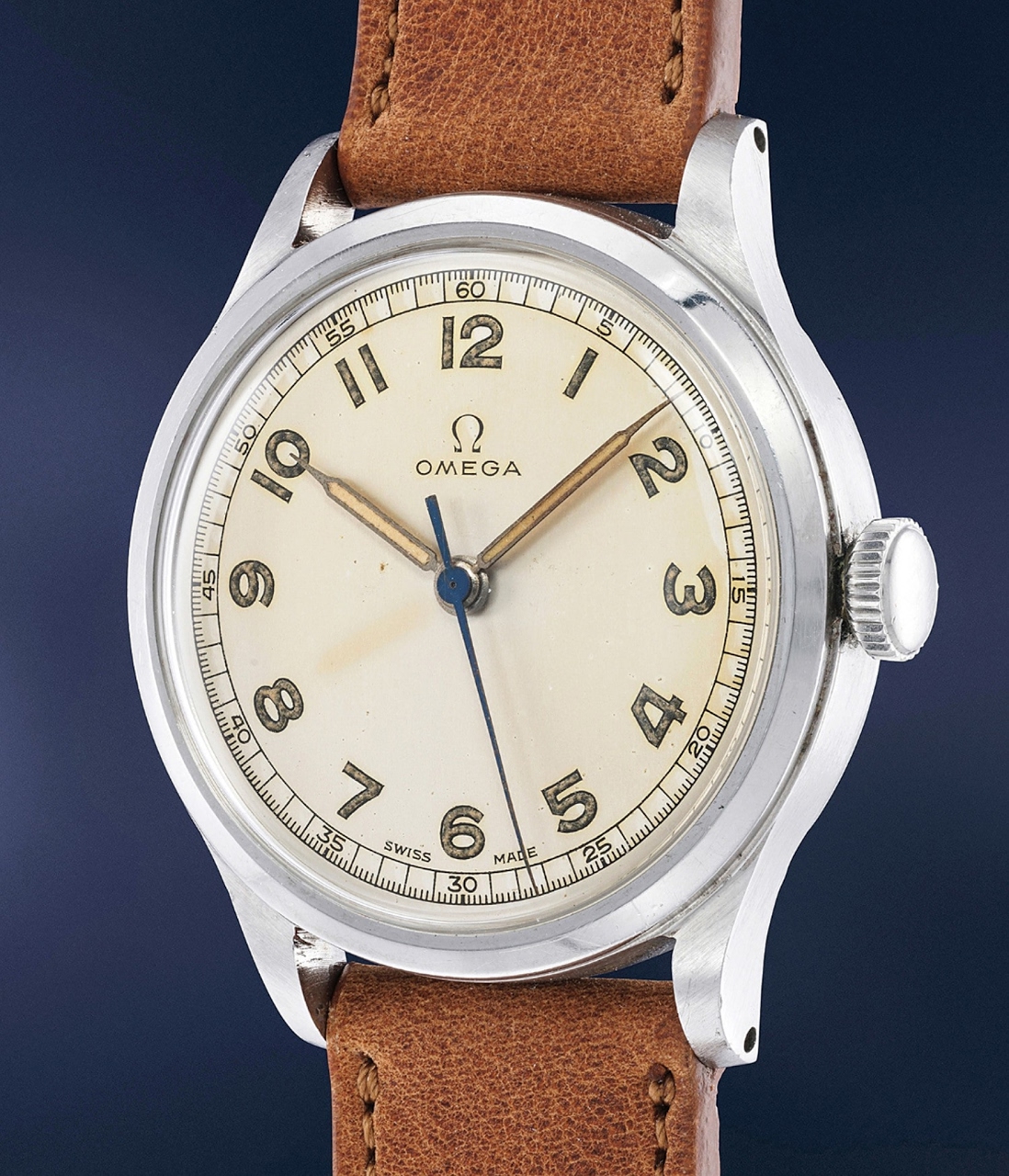
The U.S. Army Omega reference 2179/2 military issue.
In 1947 Omega created caliber 301, one of the first wrist watches to feature a tourbillon movement. This watch received awards for its accuracy during the Swiss Observatory Chronometry competition for which it was created.

Omega Caliber 301
Omega and Patek Phillip are the only two brands to share the honor of having competed at every Swiss Observatory Chronometry competition. Omega still holds the highest rating in the Swiss Observatory Chronometry competition with a score of 97.8 out of 100 in 1936.
Omega’s centennial year, 1948, saw two more innovations from Omega. The development of the Omega “Magic Eye,” or photoelectric cells with the British Racing Finish Recording Company, allowing a photograph to be taken at the exact moment that a competitor crossed the finish line, creating the “photo finish”.

The Omega Magic Eye made “photo finish” images possible. Courtesy Watchtime.
That same year also saw the launch of the iconic Omega Seamaster, a watch designed from the knowledge and proving grounds of World War II. The Seamaster has become known for its style, solid performance, and ruggedness. Later this watch would again prove its durability by maintaining its timekeeping accuracy over the course of a nine hour flight over the North Pole while strapped to the outside of a plane.
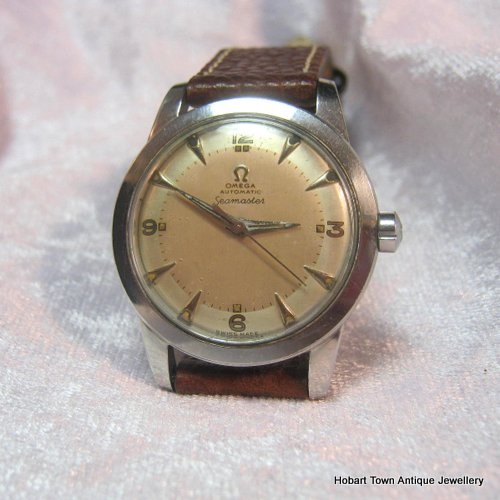
Omega Seamaster 1948. Courtesy Hobarttown.
In 1952 Omega paid tribute to the amazing achievements of their watches in the Swiss Observatory Chronometry competition with the launch of the Constellation family of watches which feature the Geneva Observatory on a starry field on the case back. The 8 stars depicted represent the 8 records set by Omega durning the Observatory trials.
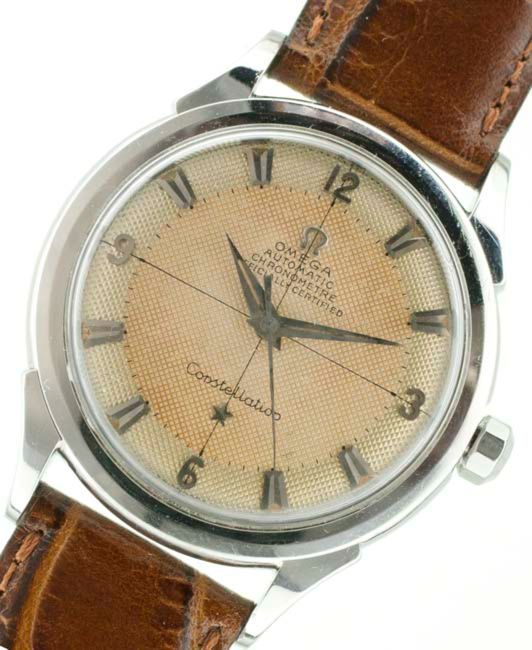
A 1952 Omega Constellation. Courtesy Yorktime.
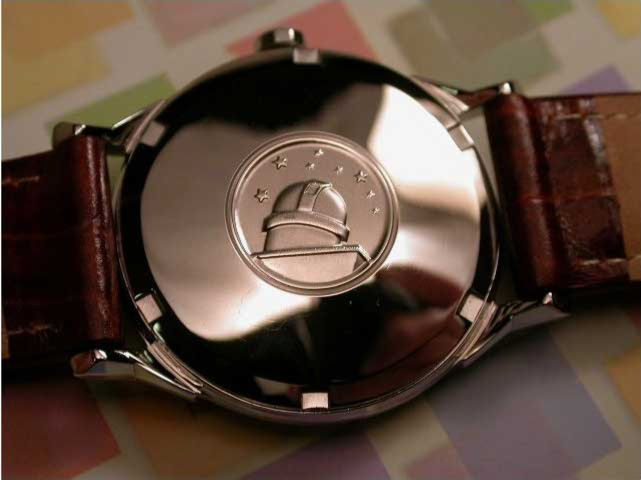
An Omega Constellation case back. The eight stars in honor of the eight records. Courtesy timeandtidewatches.
The Ladymatic, the company’s first ladies’ automatic watch, was launched in 1955 to great success. The watch featured the smallest chronometer rated, fully automatic winding movement. The Ladymatic was relaunched in 2010.
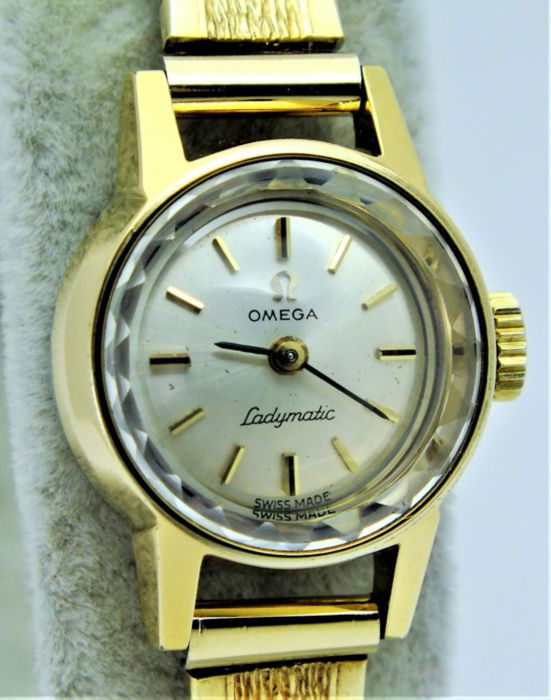
The 1955 Ladymatic.
1957 was a banner year for Omega with the introduction of three of the brands most recognizable and collectable watches. The Omega Speedmaster Professional Chronograph, also known as the “Moon watch” for its most famous historic achievement of being the first watch worn on the moon by Buzz Aldrin in 1969, became the official watch of NASA and later the official watch of the Russan space program in 1975. It was also the first watch to reach the North Pole on the wrist of Ralph Plaisted in 1968.
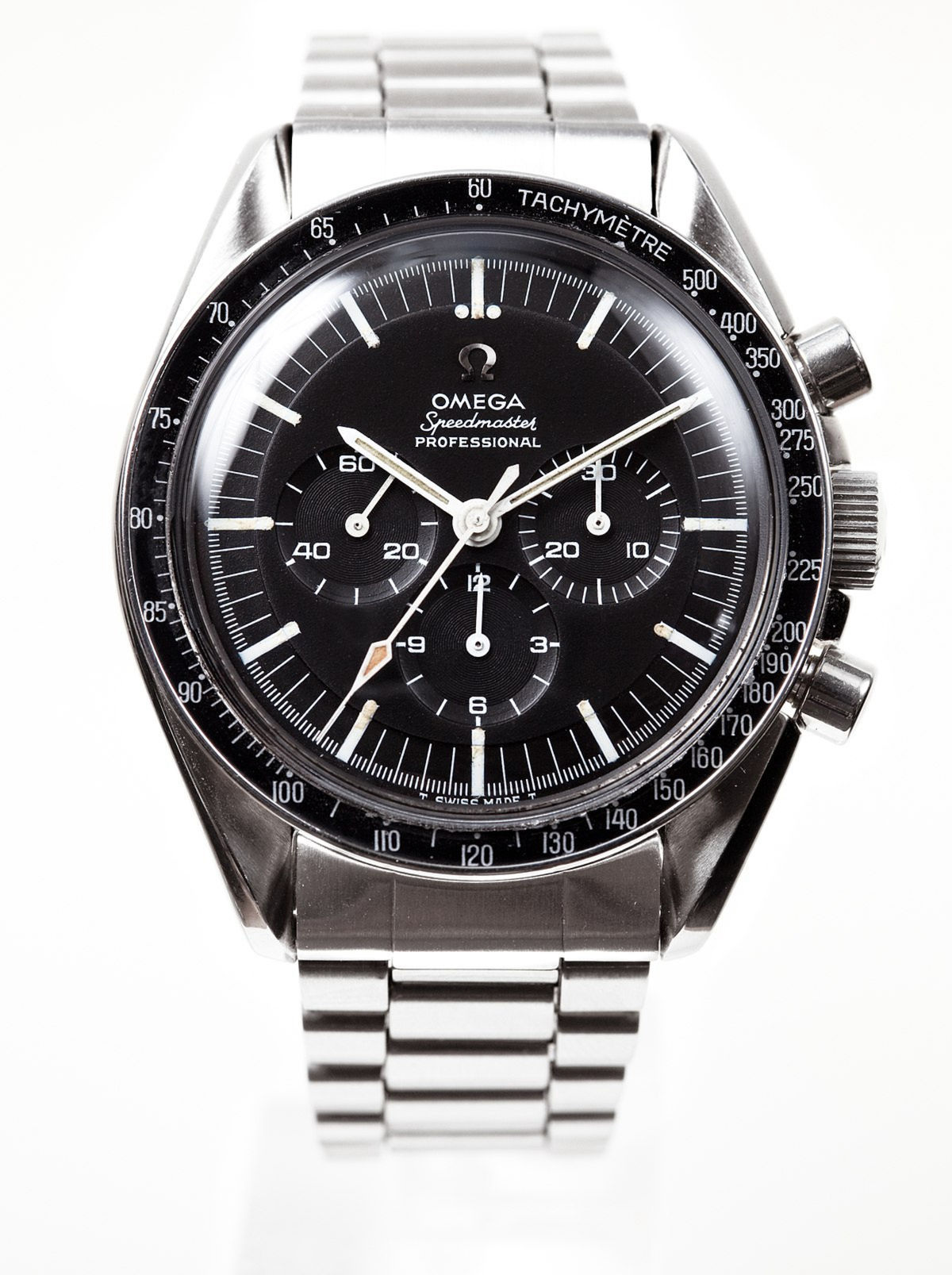
A 1957 Omega Speedmaster.
The Omega Railmaster was the first watch available commercially to be able to withstand magnetic fields greater than 1,000 gauss.

The 1957 Omega Railmaster. Courtesy Hodinkee.
And the Seamaster 300.
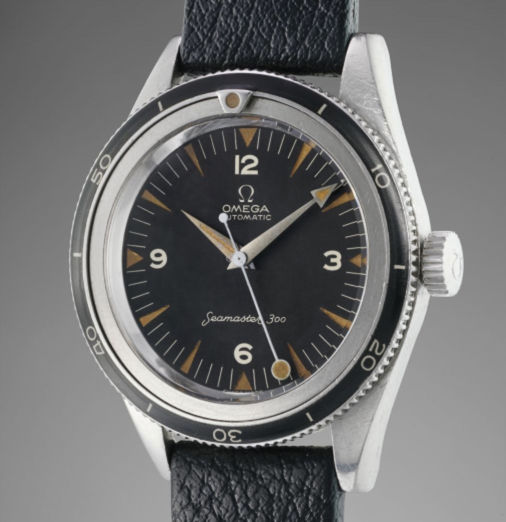
A 1957 Seamaster 300.
John F. Kennedy, the 35th President of the United States of America wore an Omega Slimline watch during his 1961 inauguration.
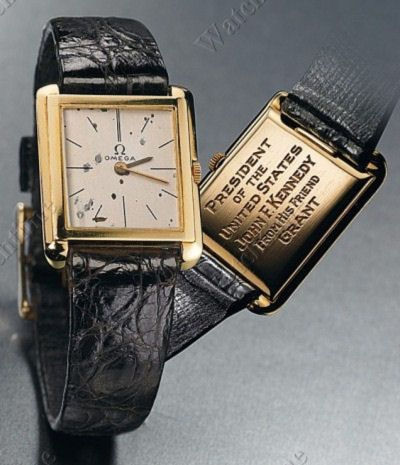
John F. Kennedy’s Slimeline Omega.
Omega launched the De Ville in 1967, spinning it off from the Seamaster line by combining Omega’s proven mechanical timekeeping prowess with an elegant dress watch aesthetic.
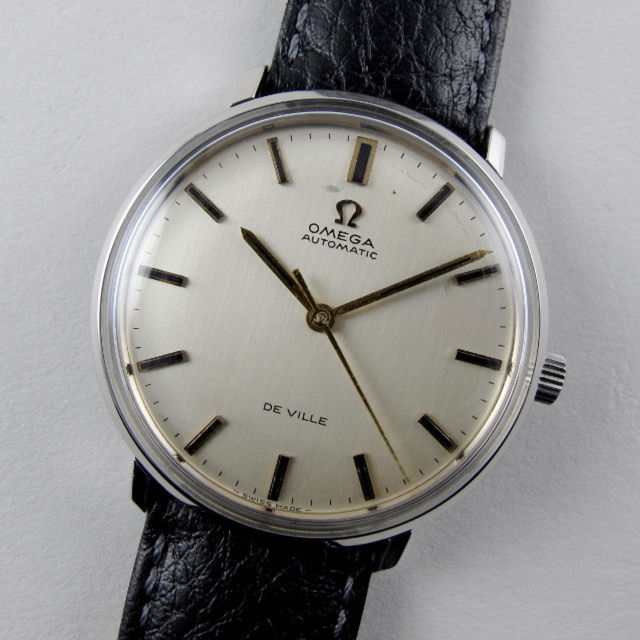
A 1967 Omega De Ville. Courtesy Blackbough.
Throughout the ‘60s and ‘70s, Omega continued to break records and partner with the Olympics. But the quartz revolution of the 1970s saw all of Swiss watchmaking put in jeopardy.
However in 1983 the industry and Omega found a lifeline, Nicolas G. Hayek, who is credited with saving the Swiss watch industry. Under Hayek’s leadership the newly founded SWATCH Group, of which Omega was a part, flourished.
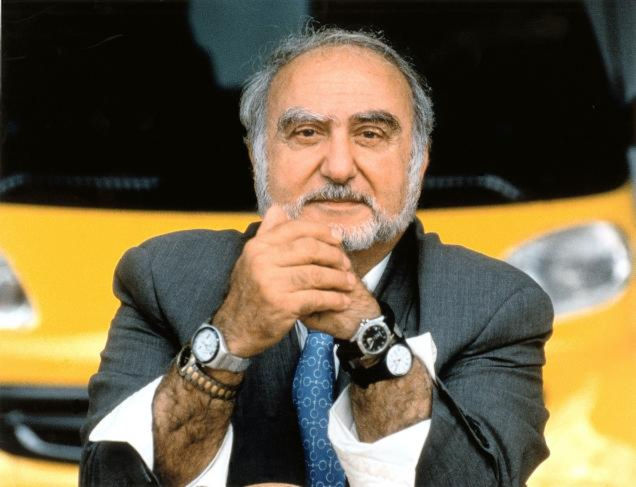
The late Nicolas G. Hayek.
Omega continued to build its reputation for excellence and durability when in 1989 Reinhold Messner completed the first successful crossing of Antarctica by foot with only his Omega Speedmaster for navigation. The journey was nearly 1,740 miles which took Messner three months to complete.
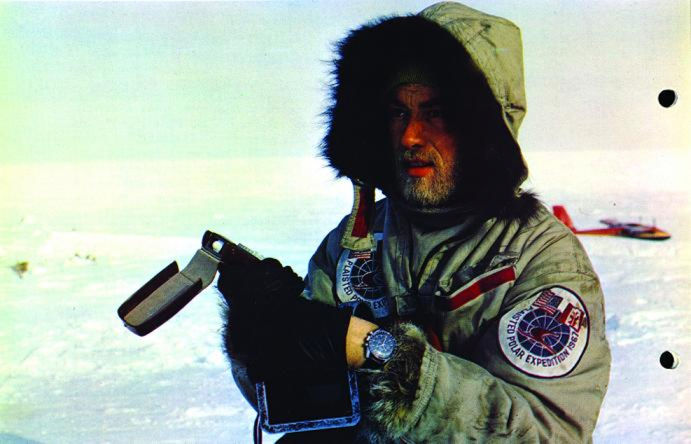
Reinhold Messner. Courtesy Moonphase.
An Omega Speedmaster wrist watch spent 365 days in orbit around the Earth in 1993. After one year in the zero gravity of space the watch returned to the Earth as accurate as the day it left.
The Omega Seamaster landed a leading role in 1995’s James Bond film GoldenEye, as James Bond’s watch, and ever since, Omega has been the official choice of one of the world’s most iconic spies.
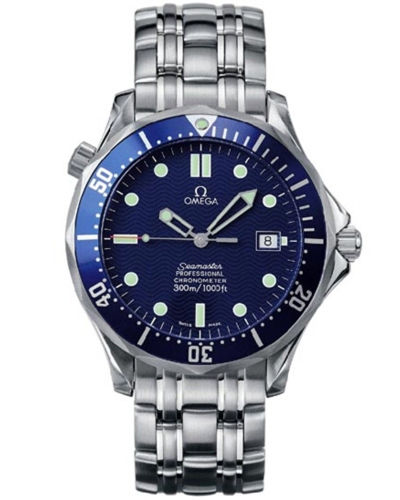
James Bond’s Omega Seamaster. Courtesy jamesbondlifestyle.
In 1999, at the drawing of the new century Omega released their newest innovation the Co-Axial escapement. A completely new type of escapement invented by English master watchmaker George Daniels. This was the first new type of production escapement in a watch in over 200 years. The Co-Axial escapement reduced friction, providing more accurate timekeeping over a greater length of time, and also reduced servicing needs.
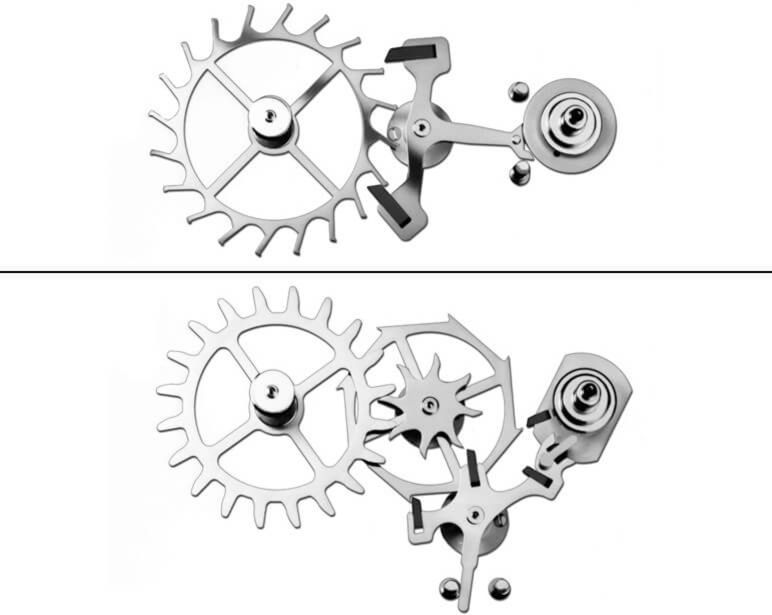
Above: A traditional lever escapement Below: Omega’s Co-Axial escapement.
Omega’s next in-house innovation was when in 2008 they launched their all new Si14 silicon based hairspring. Si14 equipped balance wheels have far greater resistance to magnetic fields, thus improving overall timekeeping. The name comes from the chemical symbol (Si) and atomic number (14) of silicon.

The Si14 hairspring.
Omega became the official on-course timekeeper of the PGA in 2011 when Omega and the Professional Golfers Association partnered, continuing their excellence in sports timing. Omega was at the forefront of science and engineering once again, when in 2013 they unveiled a new movement caliber 8508, the 1st watch to resist 1.5 tesla or 15,000 gauss magnetic fields.

The Omega 231.10.42.21.01.002 watch.
In 2015 Omega partnered with METAS, The Federal Institute of Metrology in Wabern Switzerland for their Master Chronometer certification. Now independently tested by both COSC and METAS, only watches that pass both sets of stringent testing will receive the Master Chronometer certificate.
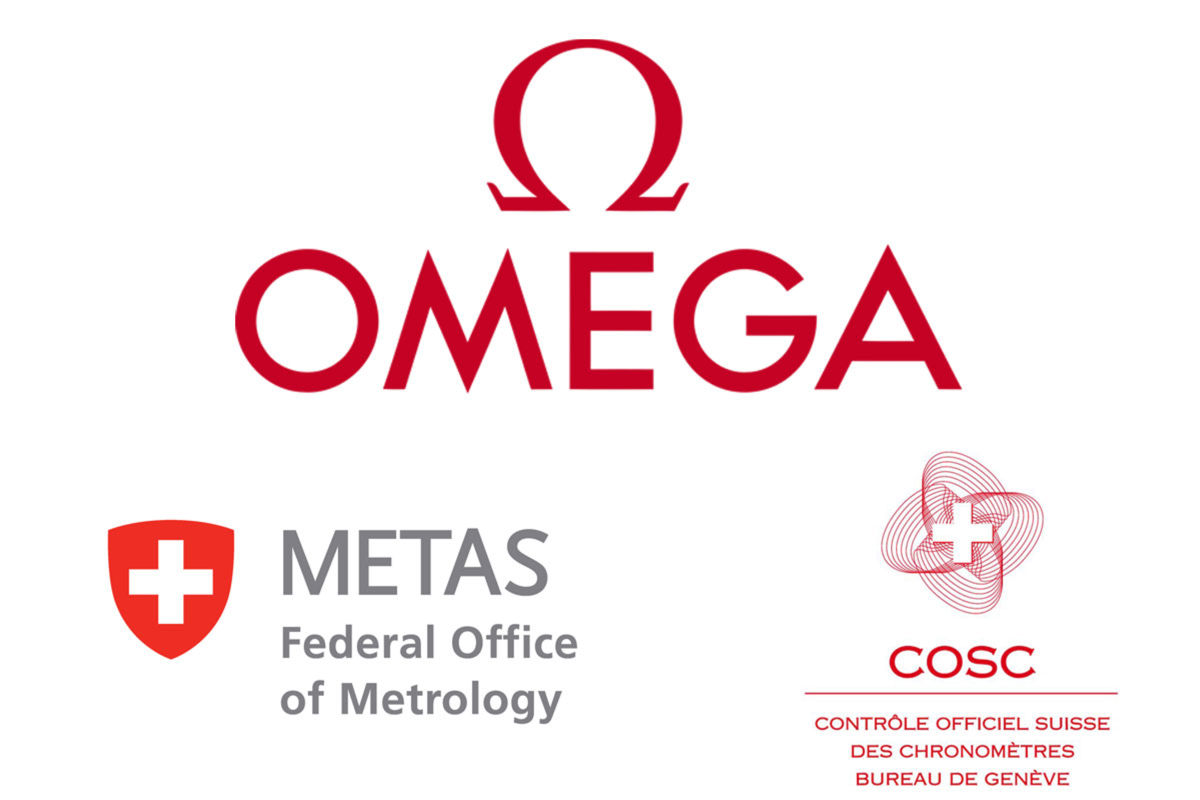
The META and COSC logos.
Omega went to the bottom of the ocean in 2019 when Victor Vescovo successfully dove to the bottom of the Mariana Trench, setting a new World record. The Omega Seamaster Planet Ocean Ultra Deep Professional was there, becoming the world record holder at a depth of 10,928 meters (35,853.018 ft).

The Omega Ultra Deep
Omega also went ultra-light in 2019 with the Seamaster Aqua Terra Ultra Light, a watch composed of ultra lightweight Gamma titanium and ceramic, and powered by Omega’s new Caliber 8928 Ti, their first all-titanium movement. Built from these ultra lightweight materials, the watch weighs in just under two ounces at 56 grams including the fabric strap.
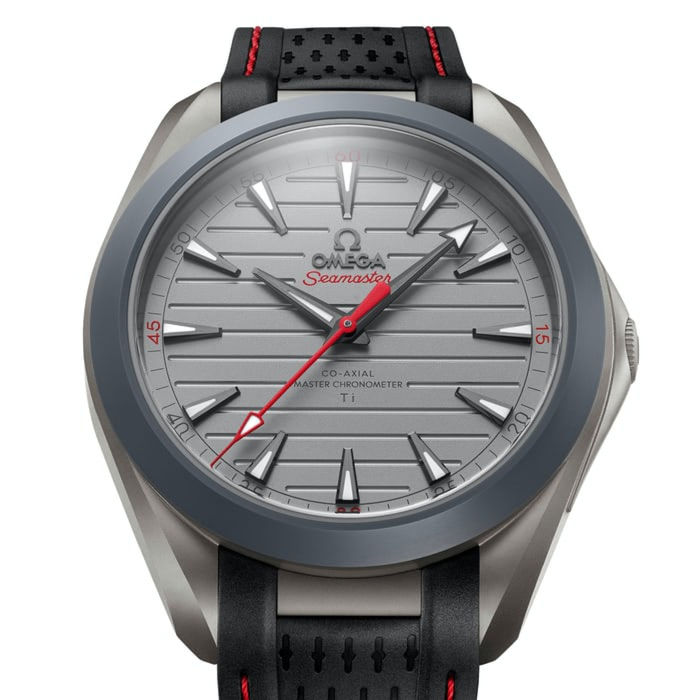
The Omega Ultra Light. Courtesy Hodinkee.
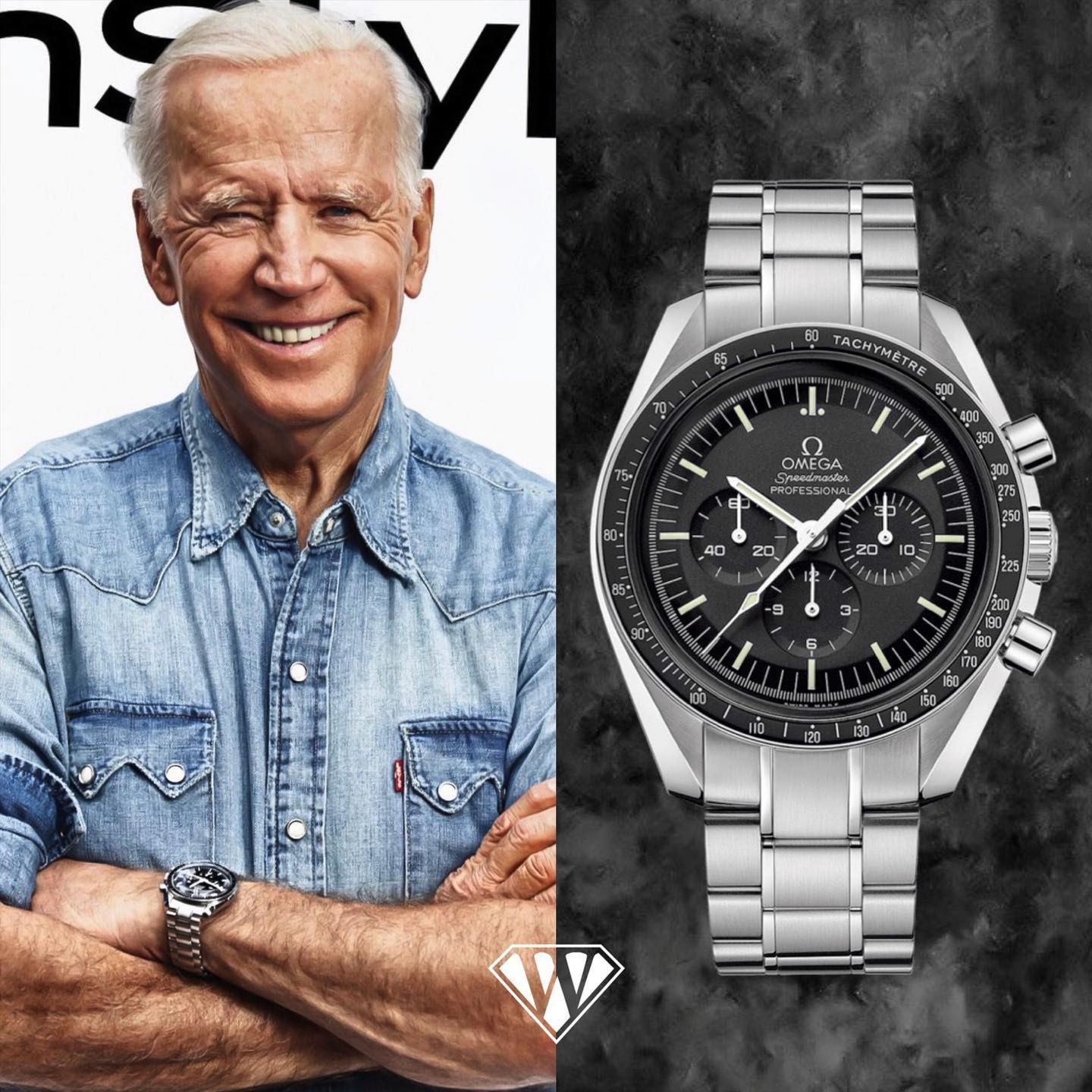
Joe Biden wearing an Omega Speedmaster in 2021.
Investment Value
Omega is one of the most popular watch brands in the resale market, due to its renowned reputation, moderate price tags and world-class quality. On average, Omega watches can hold their resale value around 60 to 80 percent of the retail price. It may vary due to the model, function, size, age and condition. A few limited-edition models can even hold their value more than retail price, such as the Seamaster 300 Master Co-Axial Spectre Automatic Watch, as seen in the James Bond movie. This limited-edition watch can resale up to 125 percent of retail price due to its popularity and rarity. At Rebag, the most sold Omegas collections include Seamaster, Speedmaster and Constellation. In terms of size, larger watches such as 39mm, 40mm, and 42mm are more popular.
Sizing Breakdown
Omega has made their timepieces for ladies and men in a number of different sizes over the years to fit the fashion and needs of the times. As an example models such as the Speedmaster have fluctuated between 38mm to 48mm. But the standards that Omega crafts their watches to has never wavered, giving peace of mind to owners that their Omega timepieces are part of an amazing legacy.
Materials And Hardware
Omega has always been at the forefront of innovation with materials and cutting edge timing technology, but has also won awards for their fine aesthetics of fashion. As can be seen in their beautiful Art Deco pieces from the 1920s and 30s.
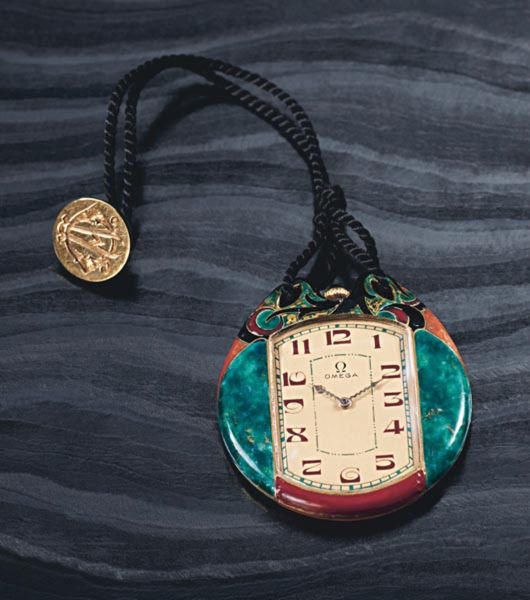
The 1925 Omega Jumbo Art Deco dress watch.
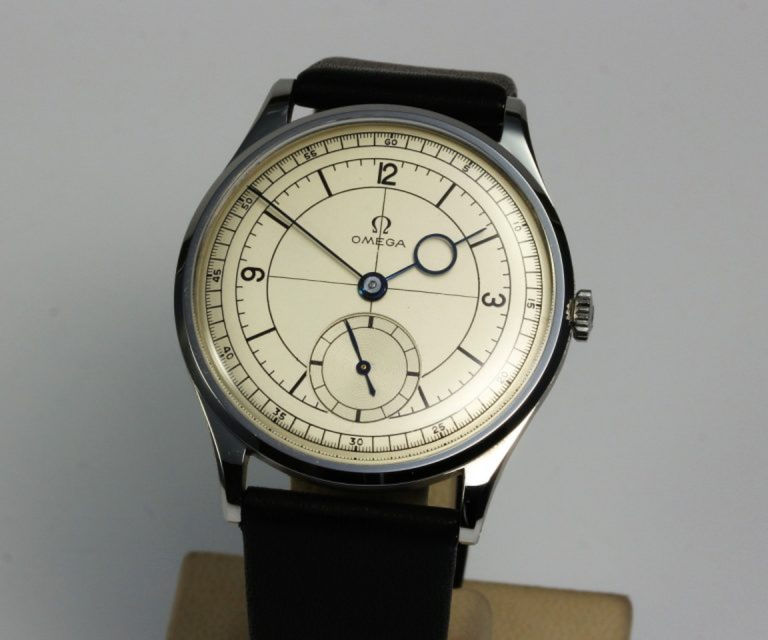

Today’s elegant Ladymalic.
Special Editions/Color Range
Omega continues to pay homage to its past icons with limited editions and new releases such
as the new Speedmaster ’57, Seamaster 300, Speedmaster Mark II, and the above pictured Ladymatic, all now sporting upgraded chronometer rated co-axial movements.
Below is the new Speedmaster Dark Side of the Moon line.
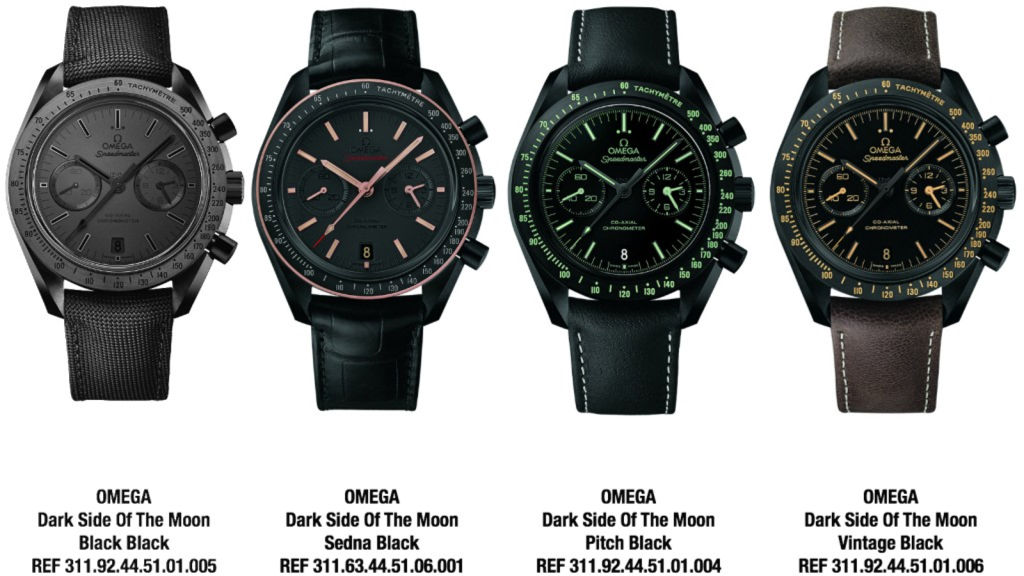
From its roots in 1848 to today, Omega has grown to be a brand that has become synonymous with timing excellence, exploration and design synergy that belongs in every watch collector’s watch box.

